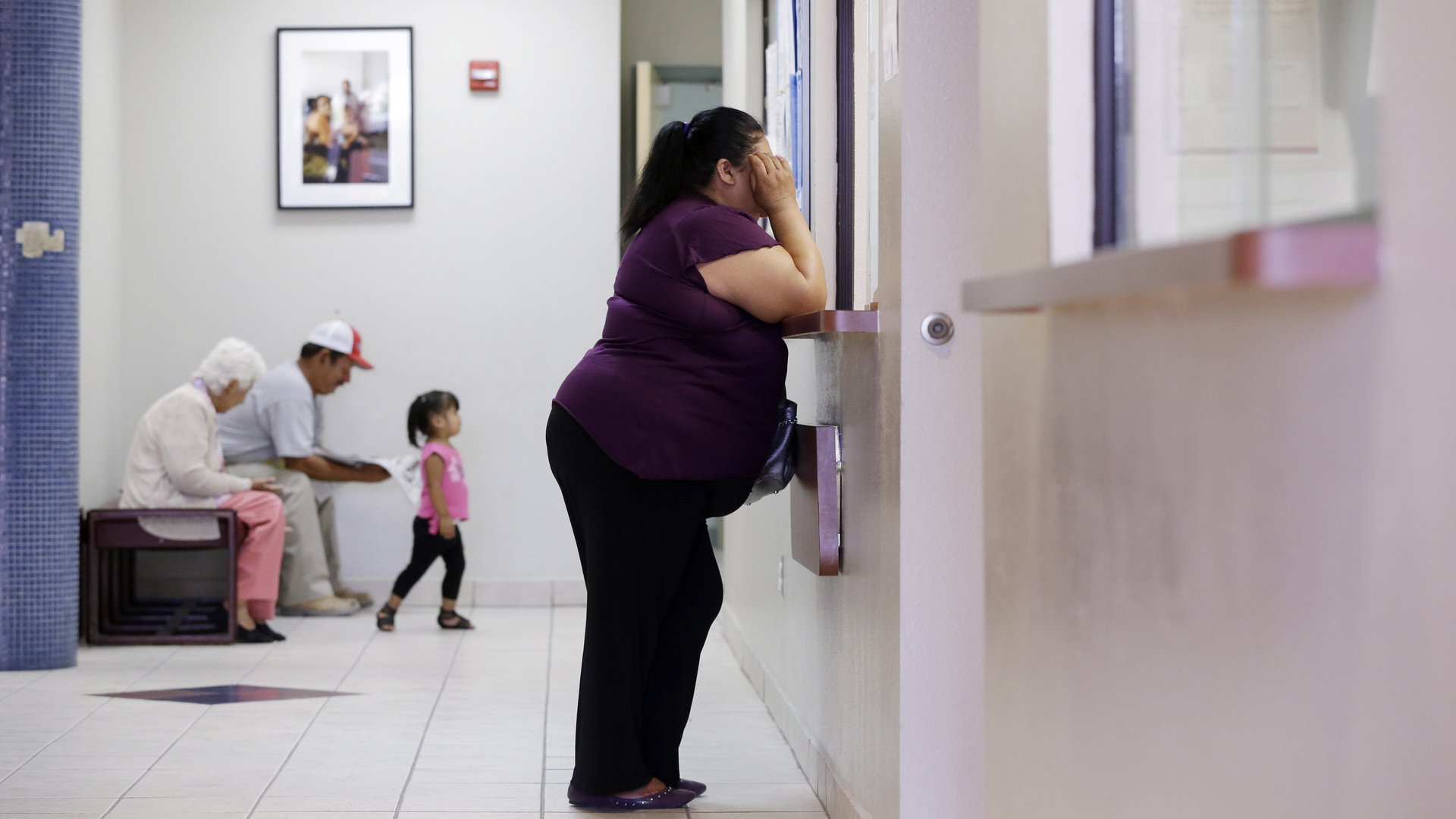Women will pay the steepest price for Trump’s Medicaid cuts
Expanding the Mexico City Policy; cutting the US’s contribution to the United Nations Population Fund budget; proposing a health care reform plan that would significantly reduce women’s access to coverage—US president Donald Trump has already strung together a series of attacks on women’s health in his first few months in office. The latest missive is a proposal to cut the Medicaid budget $800 billion over 10 years, or nearly 15% annually (based on the 2016 Medicaid budget of $553 billion).


Expanding the Mexico City Policy; cutting the US’s contribution to the United Nations Population Fund budget; proposing a health care reform plan that would significantly reduce women’s access to coverage—US president Donald Trump has already strung together a series of attacks on women’s health in his first few months in office. The latest missive is a proposal to cut the Medicaid budget $800 billion over 10 years, or nearly 15% annually (based on the 2016 Medicaid budget of $553 billion).
Because women comprise two thirds of the adult population (19 years or older) covered by Medicaid, those cuts will impact them most, says Usha Ranji, associate director for women’s health with the Kaiser Family Foundation. Overall, 39% of low income American women of reproductive age (15 to 49) are covered by the program.
Women who meet the income requirement (at or below 133-380% of the federal poverty line, depending on the state) automatically receive Medicaid coverage during pregnancy and for at least 60 days following delivery. (About 46% of the births across the country are covered by Medicaid.) And because they tend to be poorer than men across all demographics, women are also more likely to qualify for Medicaid as low-income parents, elders, and people with disabilities.
Ranji says Medicaid also plays an outsized role when it comes to supplementing Medicare for women, the federal program for citizen over 65 and people with chronic disabilities. Medicaid offers financial assistance for expenses that are not covered by Medicare, such as nursing care; because women live longer and are poorer, they are more likely to use that benefit.
Then there’s contraceptive and family planning. In 2015, Medicaid accounted for 75% of all public funds spent on these sorts of services, largely because in order to get federal Medicaid funding, states have to provide some type of Medicaid-covered contraceptive services. Individual states can choose which types of services, but once they decided to offer a service, states cannot charge copays for those services, and must involve all the providers that are willing to participate (even if they provide other services that are not covered by Medicaid, such as abortions).
Since states pay only 10% of the total cost of these services, the remaining 90% is covered by the federal budget, says Ranji, states have included a large range of family planning and reproductive services in their Medicaid coverage, including screening for sexually transmitted illnesses, and HPV vaccines for adults. But if the Medicaid budget is cut significantly, states would be much less likely to commit to providing such a broad range of those types of services.
The Republican-proposed American Health Care Act, currently awaiting a vote in the Senate, would change the requirement that any willing provider be enrolled in Medicaid reproductive health programs. Instead, that decision would be left to the states. The act would also cut funding for reproductive health care providers that offer abortions (such as Planned Parenthood) regardless of what other services they provide (such as women’s health screening and reproductive counseling).